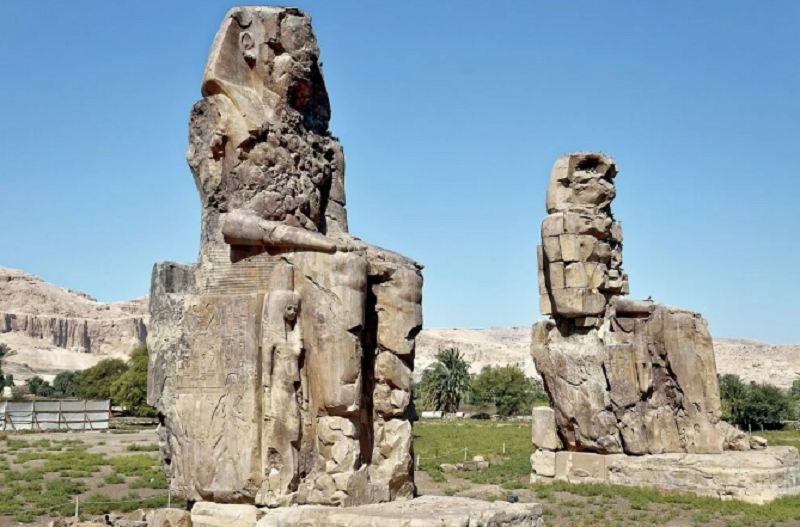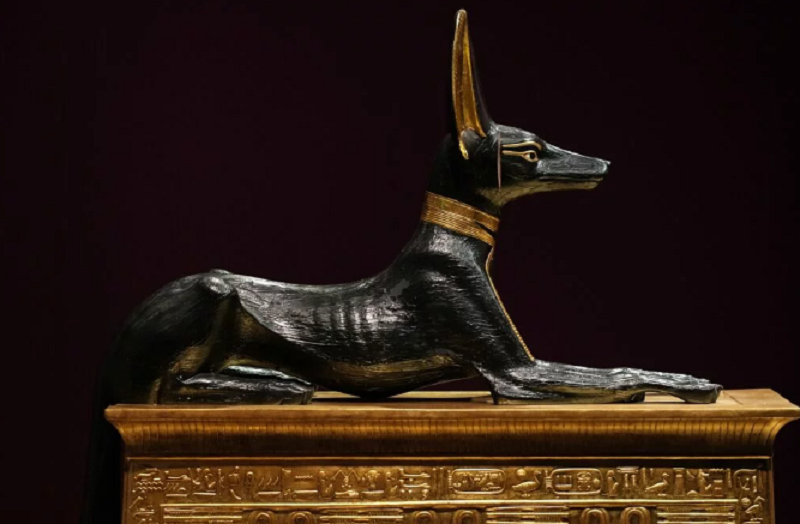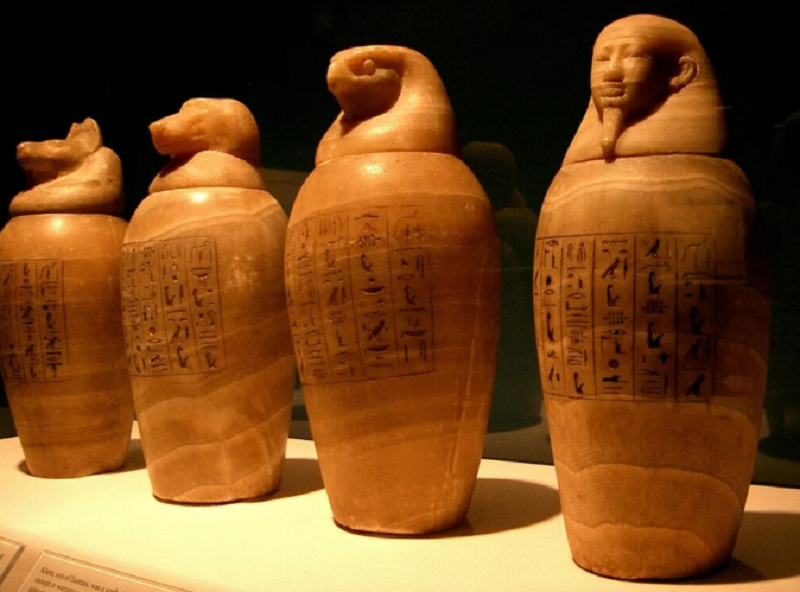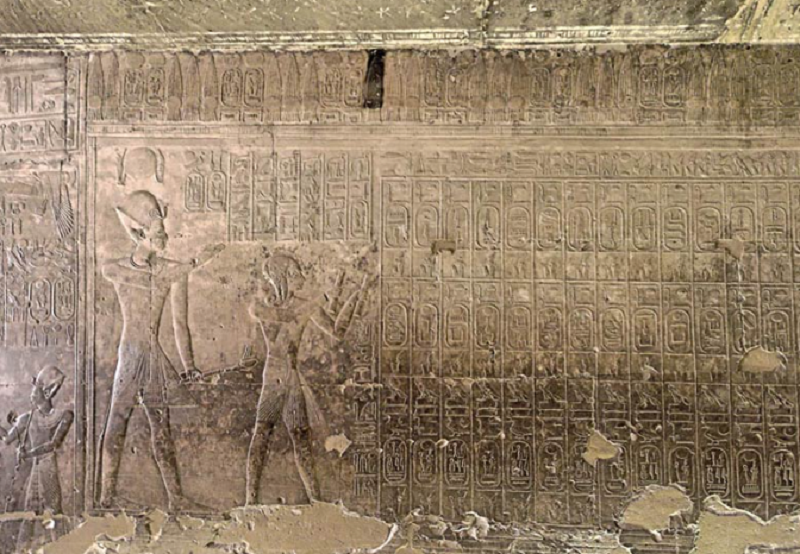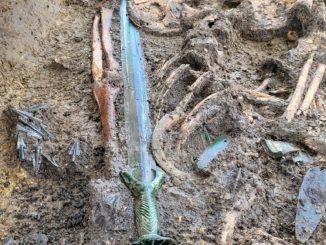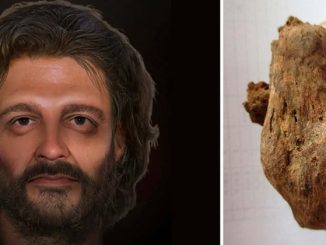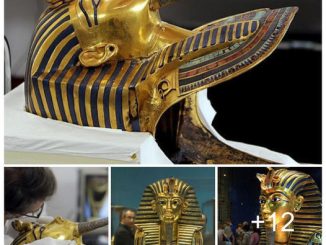6. Giza Pyramids: Wonders of the ancient world
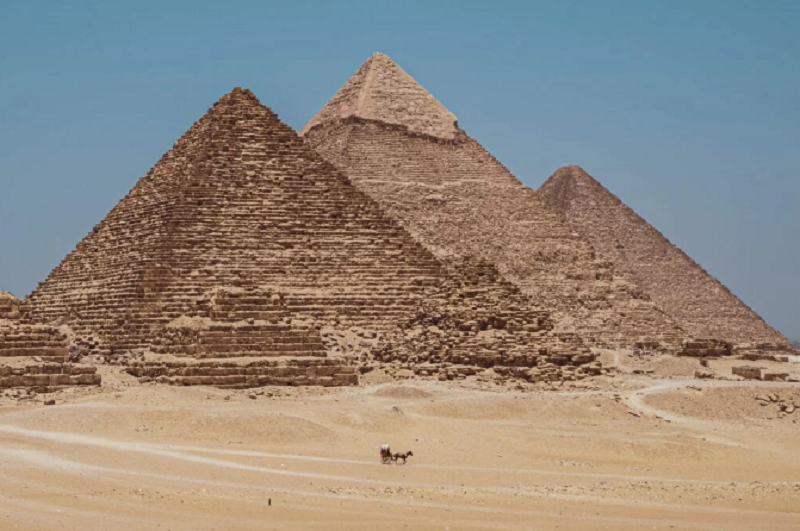
Giza Pyramids, Al Haram, Egypt
The Pyramids of Giza are ancient Egypt’s most iconic and enduring architectural wonder. These massive structures, built during the Old Kingdom (circa 27th century BC), continue to amaze and mystify people around the world.
The most famous of these pyramids are the Great Pyramid of Khufu, the Pyramid of Khafre, and the Pyramid of Menkaure. These monumental tombs, built as the final resting place for the pharaohs, demonstrate the superior architectural and engineering skills of the Egyptians.
The Great Pyramid, attributed to Pharaoh Khufu, is the largest pyramid and one of the Seven Wonders of the Ancient World. Its precision and grandeur have made it a symbol of human ingenuity and ambition.
7. Colossus of Memnon: Defenders of Thebes
Colossal statue of Memnon
The Colossus of Memnon are colossal twin statues of Pharaoh Amenhotep III, located in the Theban Necropolis on the west bank of the Nile. These colossal statues, each about 60 feet tall, were built around 1350 BC during the reign of Amenhotep III.
They were originally placed at the entrance to Amenhotep’s mortuary temple but have since lost much of the associated structure. The colossal statues of Memnon have become famous not only for their enormous size, but also for a strange phenomenon – they create melodious sounds at sunrise due to changes in temperature and humidity. This phenomenon has contributed to their legendary status and continues to attract visitors.
8. Statue of Anubis: Guardian of the afterlife
Anubis, Egypt
Anubis, the god of the underworld, is often depicted as a jackal or dog-headed figure. Statues of Anubis were often placed in Egyptian tombs to protect the deceased and guide their souls to the afterlife. These statues are often made from various materials such as wood, stone and bronze, dating from different periods in ancient Egyptian history.
Anubis played an important role in the mummification process, ensuring the deceased could safely enter the afterlife. The image of the god symbolizes both death and the transition to the afterlife, emphasizing the importance of religious beliefs in ancient Egyptian culture.
These statues not only serve as symbols of spiritual protection but also provide valuable insights into the complex funeral practices of the time, shedding light on ancient Egyptian beliefs. about life after death.
9. Canopic jars: Protect the internal organs of the deceased
Canopic jar
Canopic jars were a distinctive element of ancient Egyptian funerary practices, dating back to the Old Kingdom (c. 2686-2181 BC).
These ornate containers were important in the embalming process because they were used to contain and protect the internal organs of the deceased. Each canopic jar typically represents one of the four sons of Horus, the guardians of the organs: Imsety (liver), Hapi (lungs), Duamutef (stomach), and Qebehsenuef (intestines).
The practice of using glass jars has existed for millennia, demonstrating the Egyptians’ reverence for the afterlife and their commitment to preserving the physical and spiritual aspects of their lives. deceased.
10. Abydos King List: A Glimpse into Egypt’s Pharaonic Lineage
List of Kings of Abydos | Photo source: lesphotosderobert.com
The Abydos King List is a priceless historical document inscribed on the walls of the Temple of Seti I at Abydos. Dating from the 19th Dynasty (c. 1292-1189 BC), this list provides a chronological account of the pharaohs of Egypt, beginning with the predynastic period and continuing through the first dynasties.
It’s a testament to the ancient Egyptians’ meticulous record-keeping and their deep respect for the continuity of leadership. The Abydos King List is invaluable in reconstructing the timeline of Egypt’s rulers and their dynasties, shedding light on the political and cultural development of this remarkable civilization.
